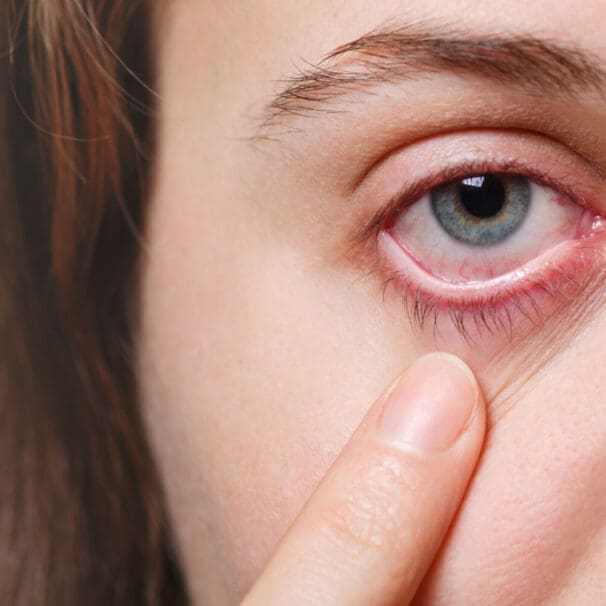HealthProviders DB is a comprehensive database of healthcare providers, including a complete directory of all Cornea and External Diseases Specialists.
Ophthalmology Healthcare Taxonomy Code 207WX0120X
As of today, the following are the total number of Cornea and External Diseases Specialists nationally, in your State, and near your location.
Select a State below to view the list by State. Additionally, you can narrow the list by city, among other options, from the Filter Panel, which you can open by clicking the vertical ellipses ⋮ in the upper right corner of the app.
Alaska – Alabama – Armed Forces Pacific – Arkansas – American Samoa – Arizona – California – Colorado – Connecticut – District of Columbia – Delaware – Florida – Federated States of Micronesia – Georgia – Guam – Hawaii – Iowa – Idaho – Illinois – Indiana – Kansas – Kentucky – Louisiana – Massachusetts – Maryland – Maine – Marshall Islands – Michigan – Minnesota – Missouri – Northern Mariana Islands – Mississippi – Montana – North Carolina – North Dakota – Nebraska – New Hampshire – New Jersey – New Mexico – Nevada – New York – Ohio – Oklahoma – Oregon – Pennsylvania – Puerto Rico – Palau – Rhode Island – South Carolina – South Dakota – Tennessee – Texas – Utah – Virginia – Virgin Islands – Vermont – Washington – Wisconsin – West Virginia – Wyoming
Medicare
The following are the total number of Cornea and External Diseases Specialists who accept Medicare in your State, the number who have opted out of Medicare, and the total number excluded from participation in Medicare nationwide.
The diagram below shows all the Cornea and External Diseases Specialists across the country, represented by blue bubbles. The larger the bubble, the greater the concentration of providers in that area. Red bubbles represent Medicare-excluded providers, with the larger bubbles indicating a higher percentage of excluded providers in that region. You can change the bubble size to be based on exclusions from the Size menu.
What do Cornea and External Diseases Specialists do?
Cornea and External Diseases Specialist Physicians diagnose and treat diseases of the eye’s front surface, including the cornea, conjunctiva, and eyelids.
They manage conditions such as infections (keratitis), inflammation, dry eye, and corneal dystrophies, using medical treatments, specialized eye drops, and surgical procedures, such as corneal transplants.
Their goal is to preserve or restore vision and ocular health.
Common conditions they treat
Keratitis: Inflammation or infection of the cornea, caused by bacteria, viruses (e.g., herpes), or other organisms.
Corneal dystrophies: A group of inherited conditions that can affect the cornea’s clarity and function.
Dry eye and blepharitis: Conditions affecting the ocular surface and eyelids.
Conjunctivitis: Commonly known as “pink eye,” an inflammation of the conjunctiva.
Keratoconus: A condition where the cornea thins and develops a cone shape.
Corneal abrasions and injuries: Scratches or damage to the cornea.
Tumors: Abnormal growths on the surface of the eye.
Surgical and advanced procedures
Cataract surgery is especially important for patients with corneal issues.
Corneal transplantation: Full or partial-thickness replacement of the damaged cornea with a donor cornea.
Corneal cross-linking: A procedure to strengthen the cornea in conditions like keratoconus.
Artificial cornea transplants (keratoprosthesis): Implantation of an artificial cornea.
Ocular surface reconstruction: Surgical procedures to repair or rebuild the surface of the eye.
Laser vision correction: Including procedures for high-risk patients.

